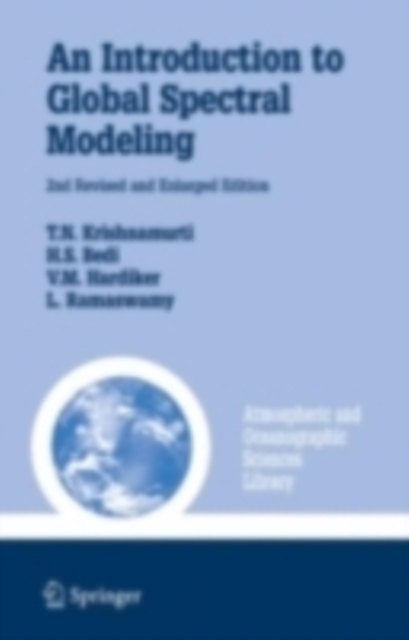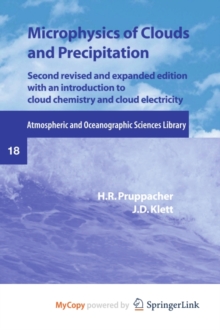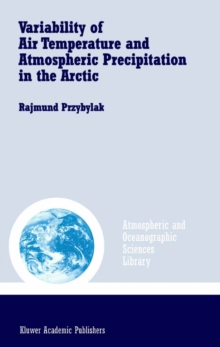
An Introduction to Global Spectral Modeling PDF
by T.N. Krishnamurti, H.S. Bedi, V. Hardiker, Leela Watson-Ramaswamy
Part of the Atmospheric and Oceanographic Sciences Library series
Description
This is an introductory textbook on global spectral modeling designed for senior-level undergraduates and possibly for first-year graduate students.
This text starts with an introduction to elementary finite-difference methods and moves on towards the gradual description of sophisticated dynamical and physical models in spherical coordinates.
Computational aspects of the spectral transform method, the planetary boundary layer physics, the physics of precipitation processes in large-scale models, the radiative transfer including effects of diagnostic clouds and diurnal cycle, the surface energy balance over land and ocean, and the treatment of mountains are some issues that are addressed.
The topic of model initialization includes the treatment of normal modes and physical processes.
A concluding chapter covers the spectral energetics as a diagnostic tool for model evaluation.
This revised second edition of the text also includes three additional chapters.
Chapter 11 deals with the formulation of a regional spectral model for mesoscale modeling which uses a double Fourier expansion of data and model equations for its transform.
Chapter 12 deals with ensemble modeling. This is a new and important area for numerical weather and climate prediction.
Finally, yet another new area that has to do with adaptive observational strategies is included as Chapter 13.
It foretells where data deficiencies may reside in model from an exploratory ensemble run of experiments and the spread of such forecasts.
Information
-
Download - Immediately Available
- Format:PDF
- Publisher:Springer New York
- Publication Date:11/07/2006
- Category:
- ISBN:9780387329628
Other Formats
- Hardback from £53.95
- Paperback / softback from £53.95
Information
-
Download - Immediately Available
- Format:PDF
- Publisher:Springer New York
- Publication Date:11/07/2006
- Category:
- ISBN:9780387329628










